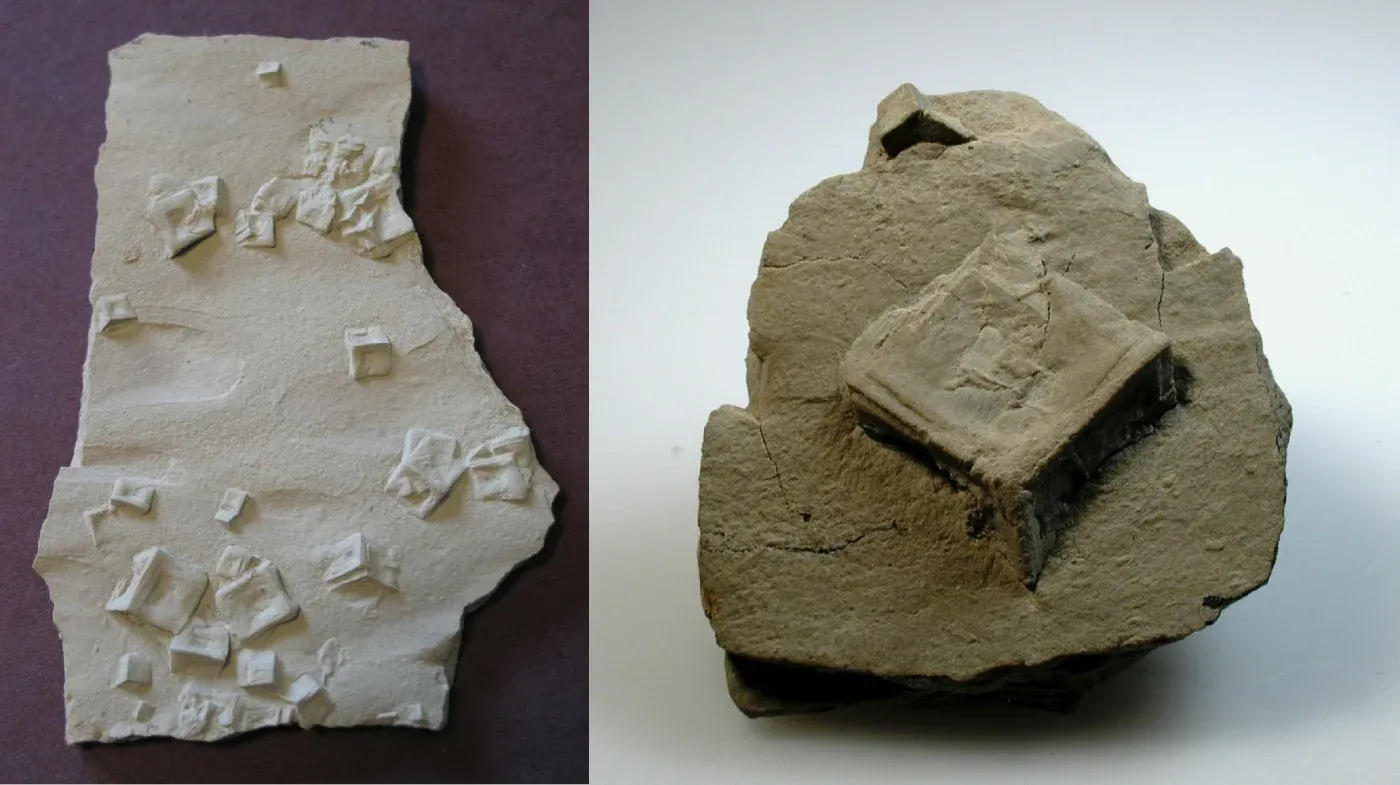Illite: What is Illite, Properties, Formation, Uses
What is Illite?
Illite is a group of closely related non-expanding clay minerals. It is a secondary mineral precipitate, and an example of a phyllosilicate, or layered alumino-silicate. Illite is a member of the mica family, but it has a lower potassium content and a higher layer charge than other micas.
Illite is typically found as extremely fine-grained masses of grayish-white to silvery-gray, sometimes greenish-gray, material. It is common in sediments, soils, and argillaceous sedimentary rocks as well as in some low grade metamorphic rocks. The iron-rich member of the illite group, glauconite, in sediments can be differentiated by x-ray analysis.
Illite is a common clay mineral that is found in a variety of geological environments, including sedimentary rocks, metamorphic rocks, and soils. Illite is a non-expanding clay mineral, which means that it does not swell when wet. This is in contrast to other clay minerals, such as smectite, which can swell significantly when wet.
 |
| Halite crystal cast in illite shale. Locality: Nemaha Co., Nebraska, USA Photos by: DSW |
Formation of Illite
Illite is formed by the alteration of muscovite mica and other minerals in weathering and hydrothermal environments. It is also a common component of marine sediments. Illite is a very stable mineral, and it can be found in rocks of all ages. It is common in sediments, soils, and argillaceous sedimentary rocks as well as in some low grade metamorphic rocks.
Properties of Illite
Illite is a grayish-white to silvery-gray mineral with a micaceous habit. It has a perfect cleavage on one plane. Illite is a non-expanding clay mineral, meaning that its layers do not swell when wet. It is also a relatively hard and durable mineral.
Chemical Formula: (K,H3O)(Al,Mg,Fe)2(Si,Al)4O10[(OH)2·(H2O)]
Color: Illite is typically pale yellow, gray, green, or white.
Luster: Dull to pearly.
Transparency: Translucent to opaque.
Hardness: 1 to 2 on the Mohs scale.
Density: 2.6 to 2.9 g/cm³
Texture: Fine-grained, platy, and smooth to the touch.
Solubility: Insoluble in water and organic solvents.
pH: Typically neutral to slightly acidic.
Occurrence of Illite
- Sediments: Illite is a major constituent of many sedimentary rocks, such as shales and mudstones. It is also found in some sandstones and limestones.
- Soils: Illite is a common component of soils, and plays an important role in soil fertility and water retention.
- Metamorphic rocks: Illite is also found in some low-grade metamorphic rocks, such as slates and phyllites.
Uses of Illite
Illite is used in a variety of applications, including:
- Papermaking: Illite is used as a filler and coating material in paper to improve its strength, brightness, and opacity.
- Drilling muds: Illite is used in drilling muds to help lubricate the drill bit and prevent the wellbore from collapsing.
- Paints and coatings: Illite is used as a filler and extender in paints and coatings to improve their durability and resistance to fading.
- Ceramics: Illite is used in ceramics to improve the strength and heat resistance of ceramic products.
- Water purification: Illite can be used to remove pollutants from water, such as heavy metals and organic compounds.
- Wastewater treatment: Illite can be used to treat wastewater by removing solids and reducing the concentration of organic compounds.
- Soil remediation: Illite can be used to remediate contaminated soils by absorbing pollutants and improving soil structure.


%20(1).webp)





